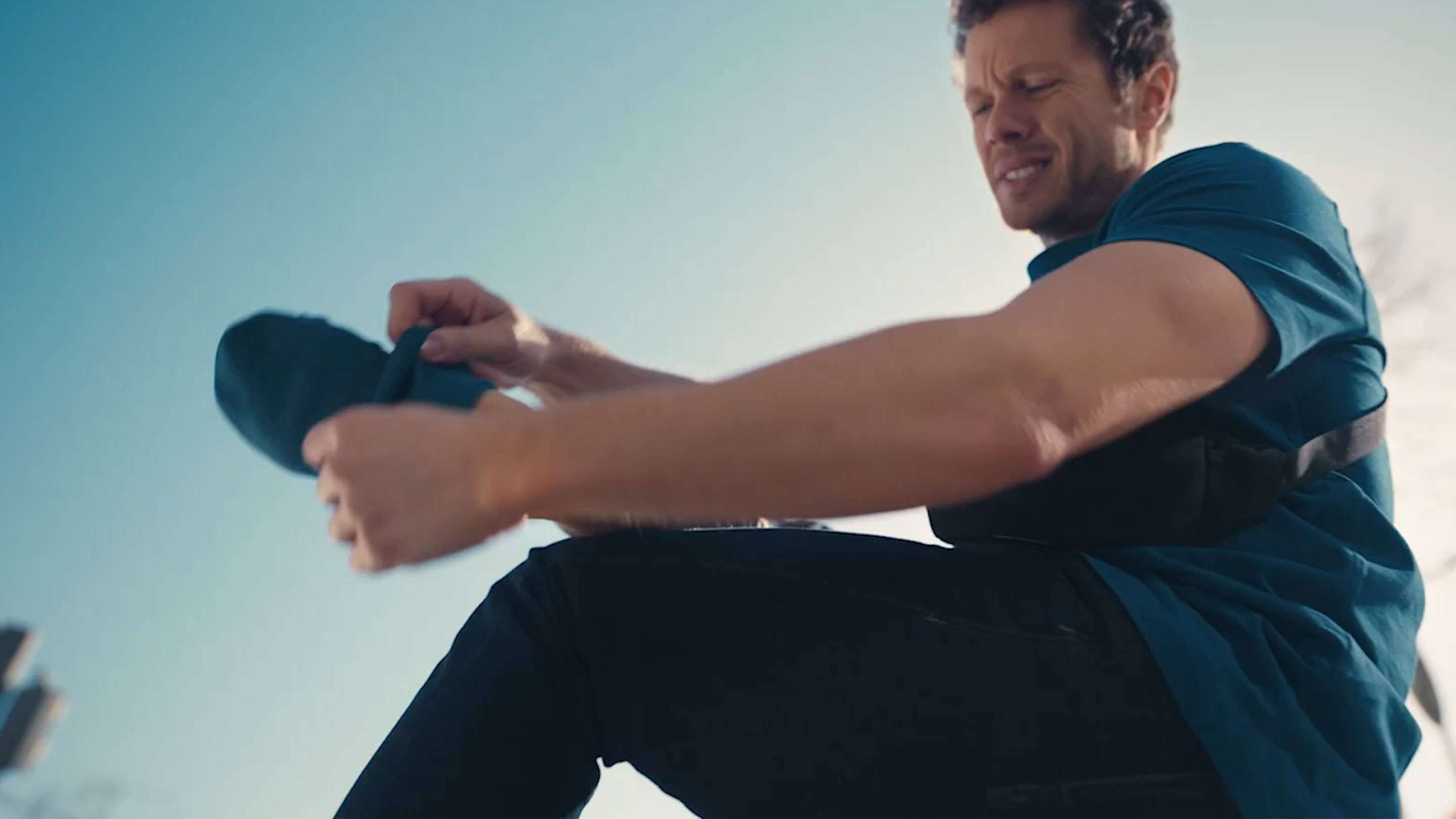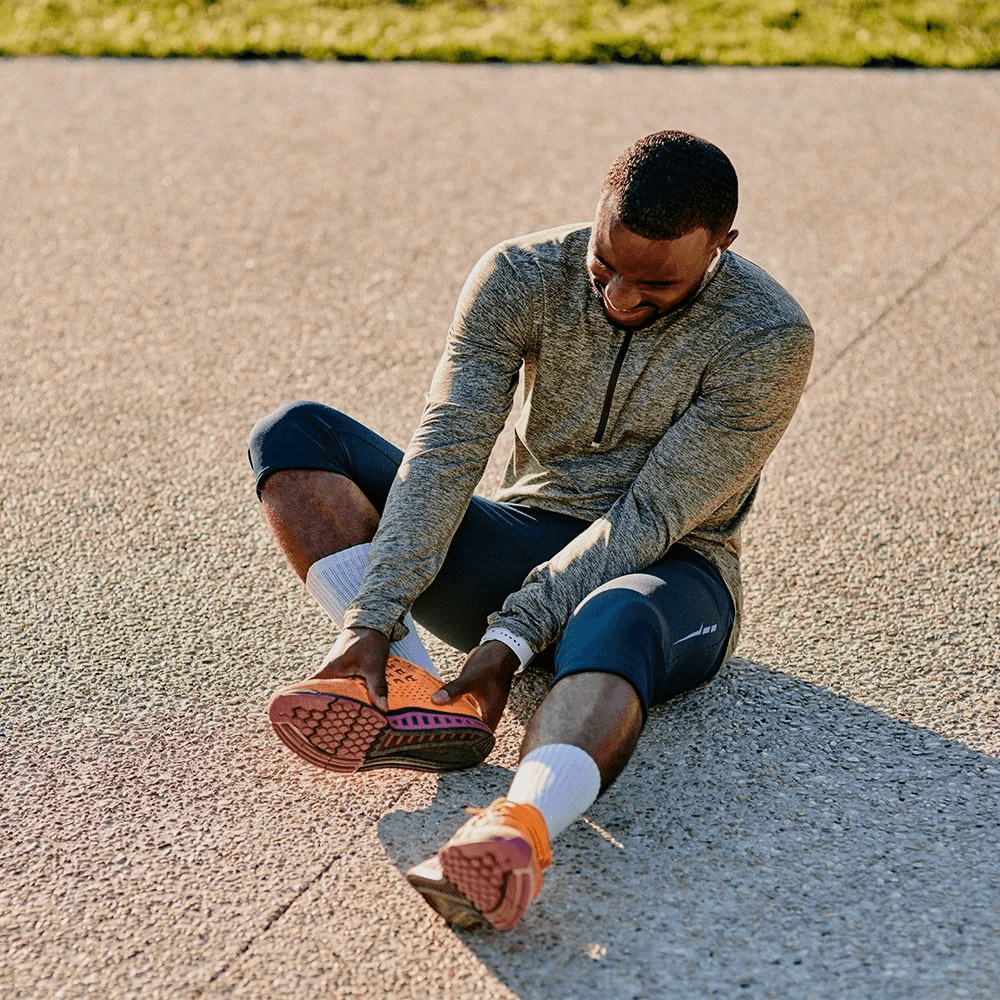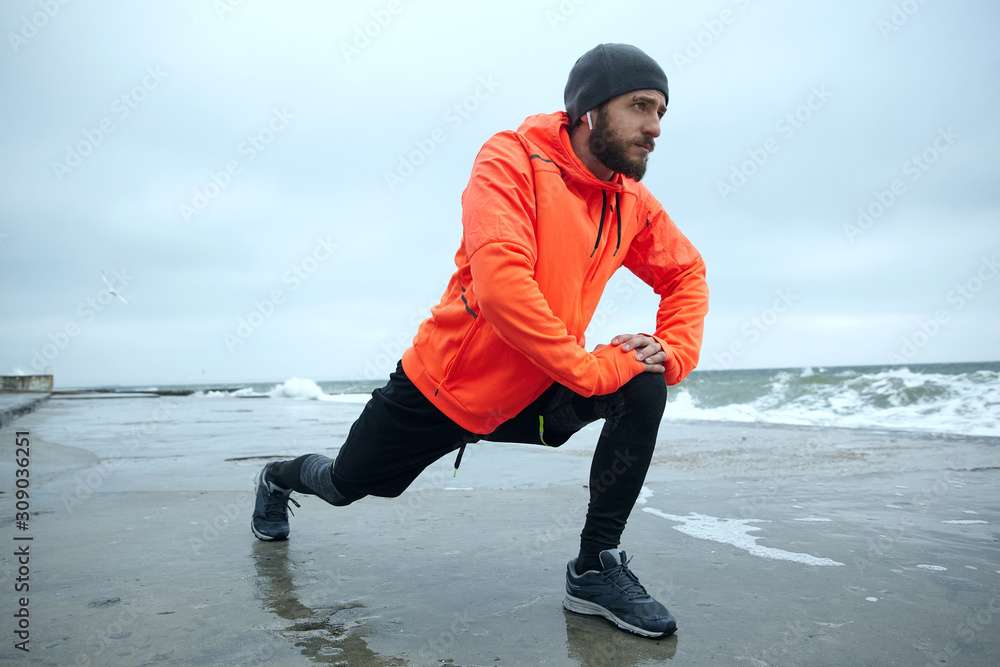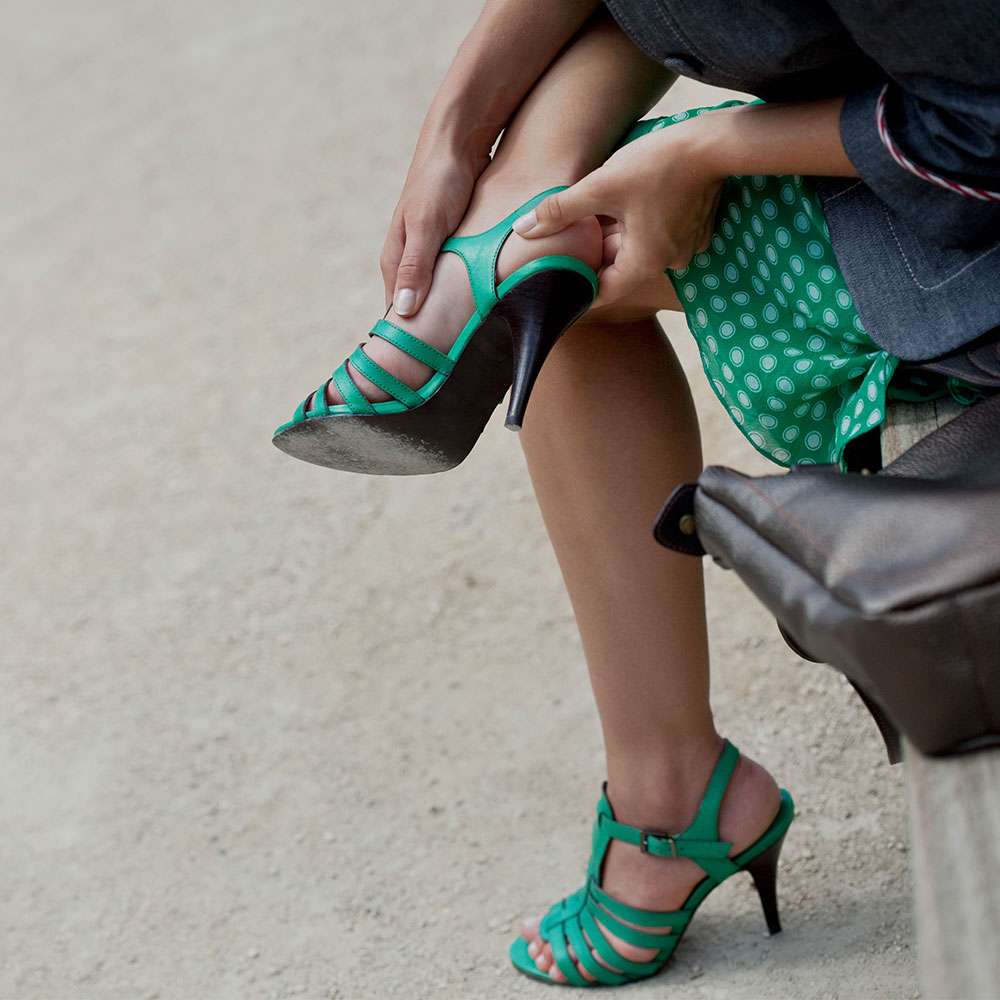Blisters
Blisters are fluid filled lesions that develop in response to repeated friction on the skin. Open blisters can be very painful and take about two weeks to heal.

Blister Treatment
How Common are Blisters?
Blisters are a common skin issue experienced by most people at some point.
Who's Affected?
Anyone can get them, but athletes, hikers, and those breaking in new shoes are at higher risk.
How to treat Blisters?
Blisters take about two weeks to heal. Treatments focus on protecting the blister from further friction. Apply a Compeed® plaster to prevent further blistering and provide instant pain relief.
FAQ
Got questions? We’ve got you covered!
Blisters are fluid filled lesions that develop in response to repeated friction on the skin. Open blisters can be very painful and take up to 7 days to heal (individual experiences may vary (individual experiences may vary.)
Compeed® Blister Plasters are specially designed to provide instant pain relief with a protective cushion, and the hydrocolloid technology offers optimum healing conditions for foot blisters. Adhesive and tapered edges allow Compeed® Blister Plasters to flex as you move and stay in place for up to 7 days (individual experiences may vary).
Blisters develop as a result of repeated friction and rubbing, often from tight or ill fitting shoes
Blisters can take several days to heal. Treatments focus on protecting the blister from further friction. Apply a Compeed plaster to prevent further blistering and provide instant pain relief.
If you're wearing shoes that make you more prone to blisters protect your feet from rubbing and friction with Compeed Blister Plasters. You can also prevent blisters by wearing two pairs of thin socks when exercising. Be sure to read our full blister prevention advice.
Blister Causes & Prevention
Learn how to prevent blisters and stop them from coming back

Blisters are the worst. They can pop up at any time and make every step you take a miserable experience. And while they may be little, they have the power to seriously disrupt your work, fitness, holiday or special event. Read on for our low-down on how to avoid blisters.

The most common type of foot blister for most people is the friction blister. They are those pesky pockets of fluid that form on your foot in the upper layers of skin after too much stress and friction with your shoes. They are formed as the top layer of skin tears away from the tissues below, plasma-like fluid leaks from the cells and begins to fill the gap, cushioning the tissue from further damage.



